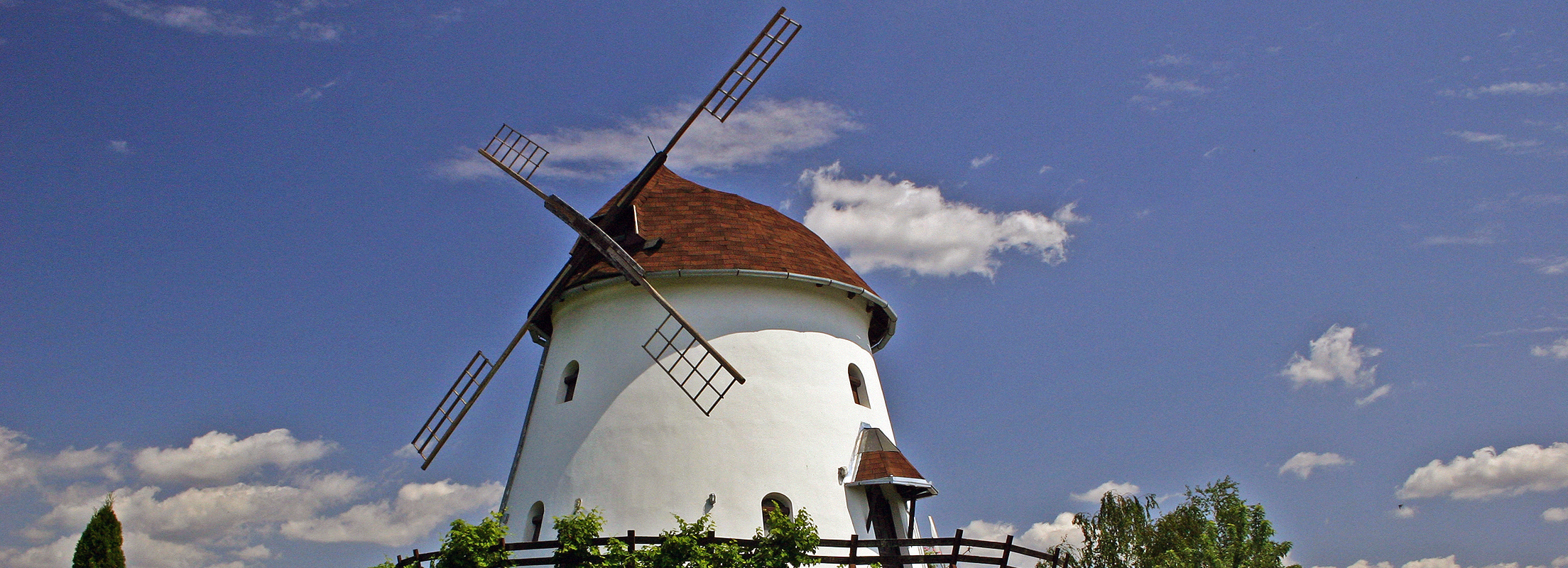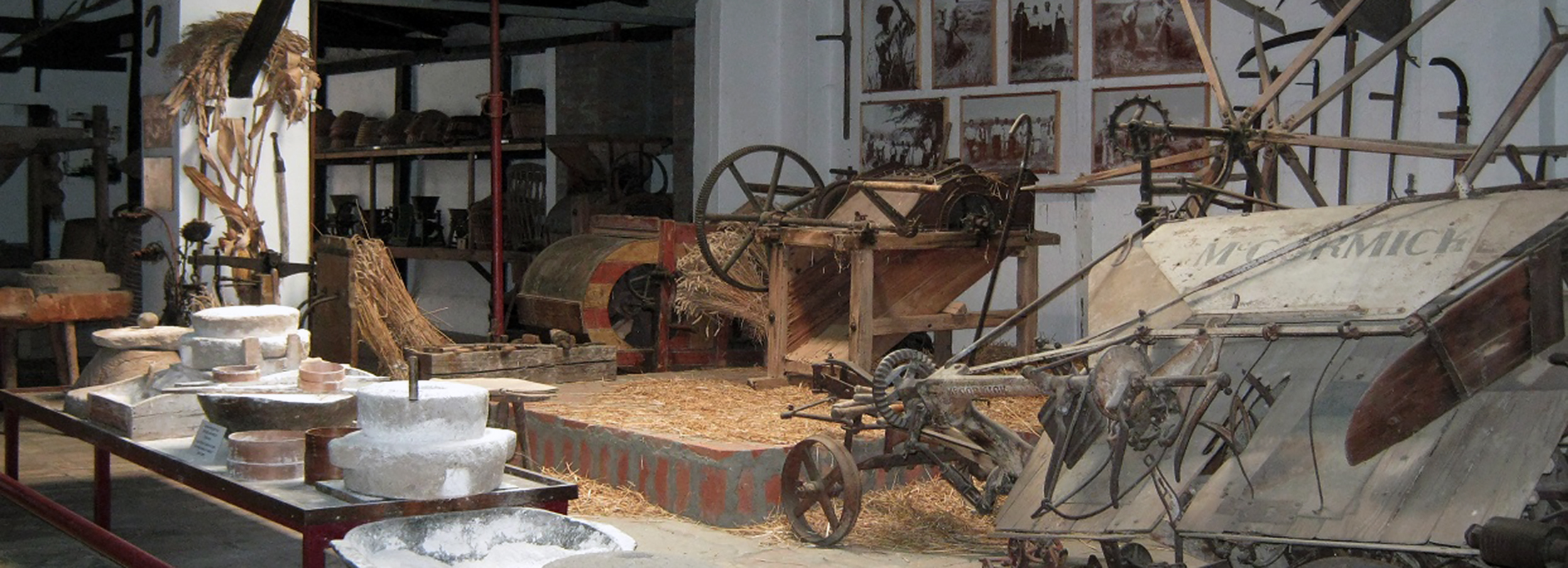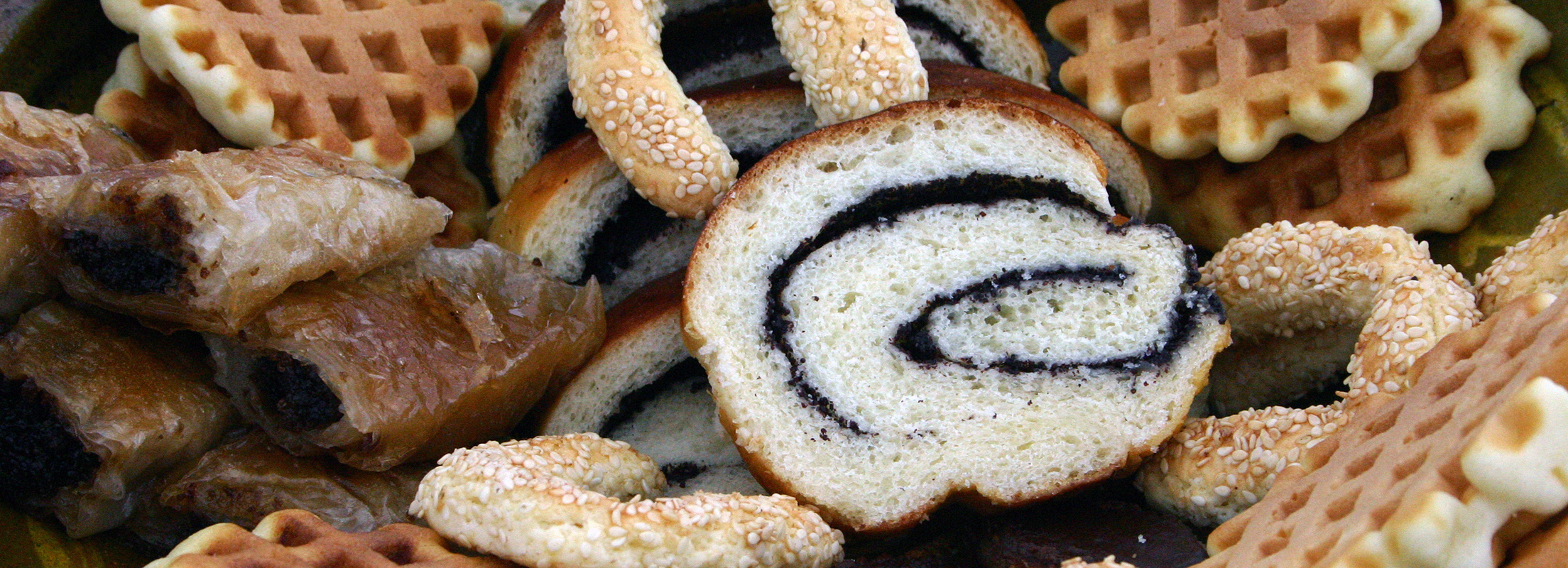

The rural households of Vojvodina reflect the unique blend of its history, gastronomy and family traditions and encompass the steady pace of life in the region. Nestled in the tranquil plains of Northern Serbia, for decades they have been welcoming tourists on a quest to find a place to relax and savour the authentic laid-back atmosphere of a Pannonian village.A stay in the villages of Vojvodina is guaranteed to relieve the stress and worries of your day-to-day life. The endless fields of wheat, maize and sunflower will help you reconnect with nature.In the households of Vojvodina, you can also enjoy a hands-on experience with domesticated animals and have a glimpse of daily rural life, while the hospitality and warmth of your host will make you feel at home. However, staying at village households is not all there is to rural tourism so be sure to visit the nearby nature sites and historic landmarks.
Fruška Gora National Park is a must-see picnic site for all those who visit Vojvodina. Take a walk along its verdant meadows lined with linden forests and relish the view of the orchards and vineyards spreading across its slopes. And then take a well-deserved rest at one of the local households on the sunny sides of this highest mountain of Vojvodina.
Villages near Zasavica Special Nature Reserve are ideal for one-day excursions to this protected wetland. Zasavica is home to many endangered bird species; a whole colony of beavers lives here, as well as numerous native species of domesticated animals, such as mangalica pigs, Podolian cattle and the Balkan donkey.
The village of Bački Monoštor near the city of Sombor lies at the entrance to Bačko Podunavlje Nature Reserve, a UNESCO Biosphere Reserve site. As the protected nature area is so close, you will be able to wander the expanse of pristine nature and enjoy the sight of black storks, herons or white-tailed eagles.
If you choose to stay at one of the several households in the lower course of the river Begej, don’t miss the chance to visit Carska bara, a wetland area with an unusually large population of the great cormorant.
If sandy terrain is more to your liking than wet habitats, then a holiday near Deliblato Sands Special Nature Reserve will be perfect for you. Apart from relaxation in the tranquillity of the rural environment, the village households in the nearby Deliblato also offer traditional horse carriage rides around the protected area.
And if you happen upon villages near the river Tisa, go down to the river and spend your holiday enjoying slow boat rides or fishing. This area is a magnet for tourists in June, when the river simply “blooms” with the “wedding dance” of the Tisa mayfly.

In the fertile plains of Vojvodina, where agriculture is the main source of income and the way of life for most of the population, there are numerous cultural and historic landmarks dedicated to crops, food and rural life.
With its permanent display which demonstrates the workings of old harvesters, mills, ovens and other tools and devices, “Jeremija” Bread Museum illustrates the journey a grain of wheat undertakes from the soil to the dining table.
Discover how the luxury fabric of damask used to be woven in the olden days at Europe’s last surviving silk damask weaving mill, situated near the city of Sombor. At the Beer Museum, discover first-hand the details of ancient methods of brewing, storing and distributing this popular beverage of choice for many. The permanent display is on the premises of the Zrenjanin Brewery and features the typical furniture and fixtures used by public houses a century ago, as well as the original documents, letters and photographs from the early decades of the brewery’s operation.
The Tractor Museum in Novo Miloševo displays the tractors and steam machines that have been used to cultivate land from 1920 to the present day. Here you will also find the tools used in ancient crafts, antique clocks, motorcycles and radio and TV sets.
Spend a weekend in the true Vojvodina atmosphere, on Perkov Salaš (Perko’s Farm) in the vast fields of Fruška Gora mountain. Over a glass of wine, local fruit brandy called “rakija” or homemade juice, here you can view the exhibits included in the ethnology collection and hand-crafted souvenirs. In the farm’s workshops you can learn how to make jams, fruit preserves or homemade juices and you hosts will also take you on a herb-picking trip to the surrounding countryside.
The Museum of Vojvodina Slovaks in Bački Petrovac will take you through the life of the Slovak people in the region. On display it has authentic Slovak folk costumes, old coins and documents, as well as a collection of natural history and arts.
Serbia’s sweetest museum is found in the city of Sremski Karlovci. It is dedicated to the Gugelhupf, an unusually shaped dessert. At the Gugelhupf Museum, you can discover the tools used to make and eat the Gugelhupf and also learn how to make this treat which was once reserved for the dinner tables of kings and European nobility.

The rural households across Vojvodina make food from home-grown produce, which you can often pick yourself at the local gardens or orchards.
The multi-ethnic spirit of Vojvodina is also reflected in its cuisine: local households will often serve you a variety of European dishes from different cultures, including the German grenadiermarsch or the traditional Hungarian dishes, goulash and satarash, as well as the Serbian mangalica pork paprikash, the Slovakian “herovke” or the Ruthenian schnitzel. In the villages around Sombor, you can relish the flavours of the unique Bunjevac cuisine, where the “large farmer’s dish” and the tasty potato pie with sausages and cabbage take centre stage. For a taste of bacon made according to a special recipe, go to the village of Kačarevo in Banat.
The Hunting Manor in Ečka serves game dishes, as well as fish specialties, among which the Ečka carp comes highly recommended. In the villages on the banks of the Danube you can taste the unique dishes made by river fishermen, including gourmet fisherman’s soups and paprikash spiced with lots of paprika, a spice that is lovingly produced all over Vojvodina.
Wash down the main meal of the day with one of the native Serbian varieties of Vojvodina wines. In Sremski Karlovci, the viticulture centre of the region, you can taste an authentic aromatised wine with spice herbs, the Karlovac Bermet. Or sample the famous “sand wines” made from vine grown in the Subotica-Horgos Sands, such as Kadarka. In the villages near the city of Senta, surrounded by orchards and vineyards, you can taste different types of fruit “rakija” – slivovitz (plum brandy), apricot brandy and quince brandy.
